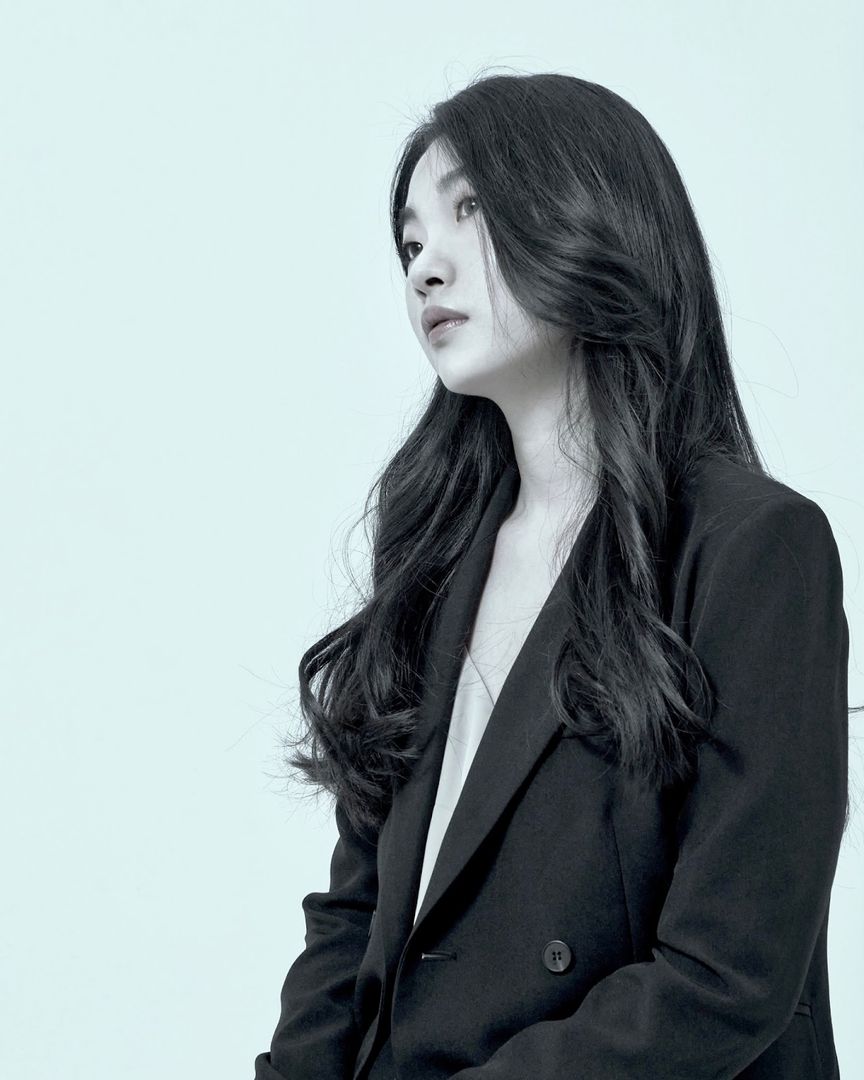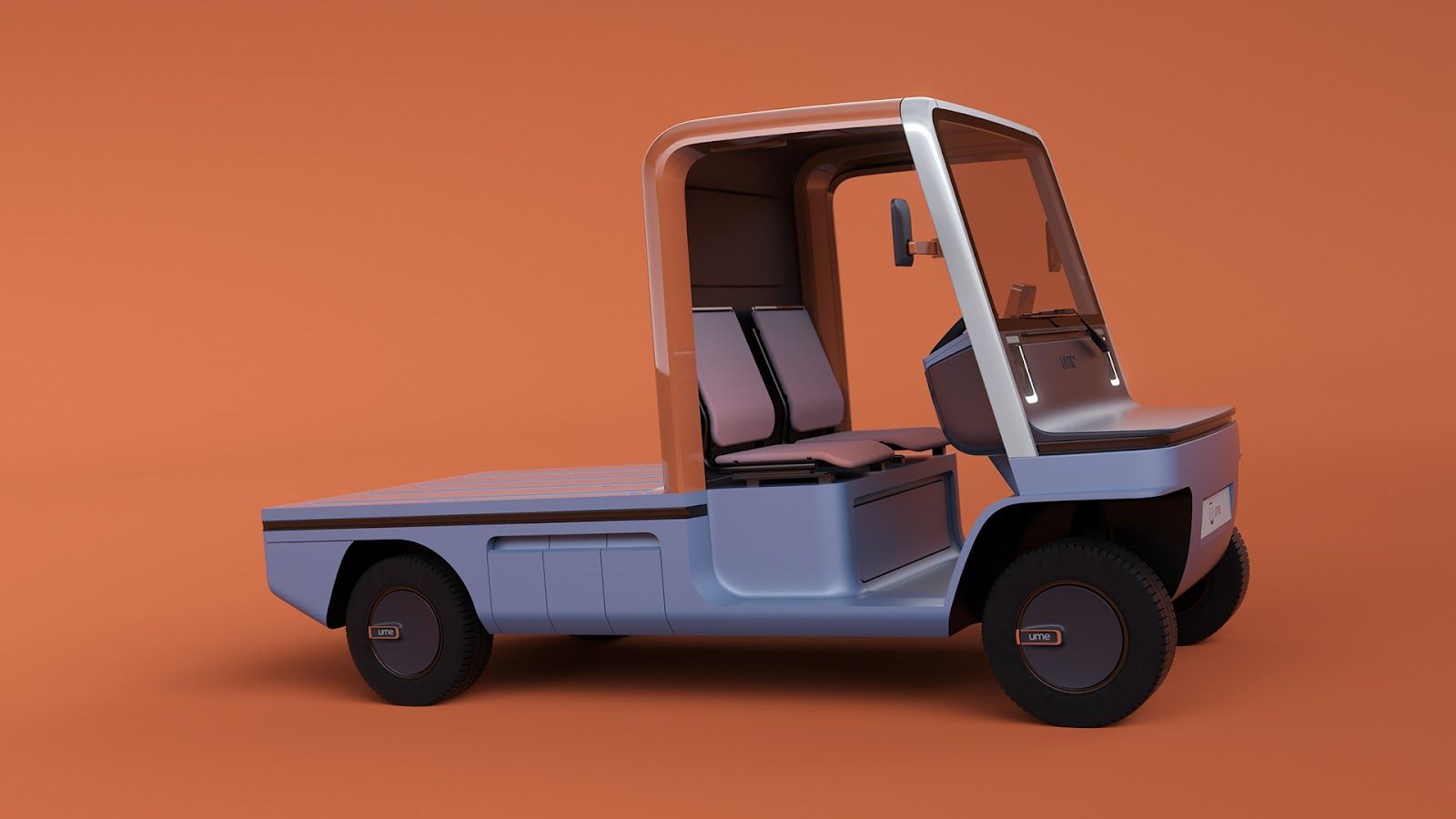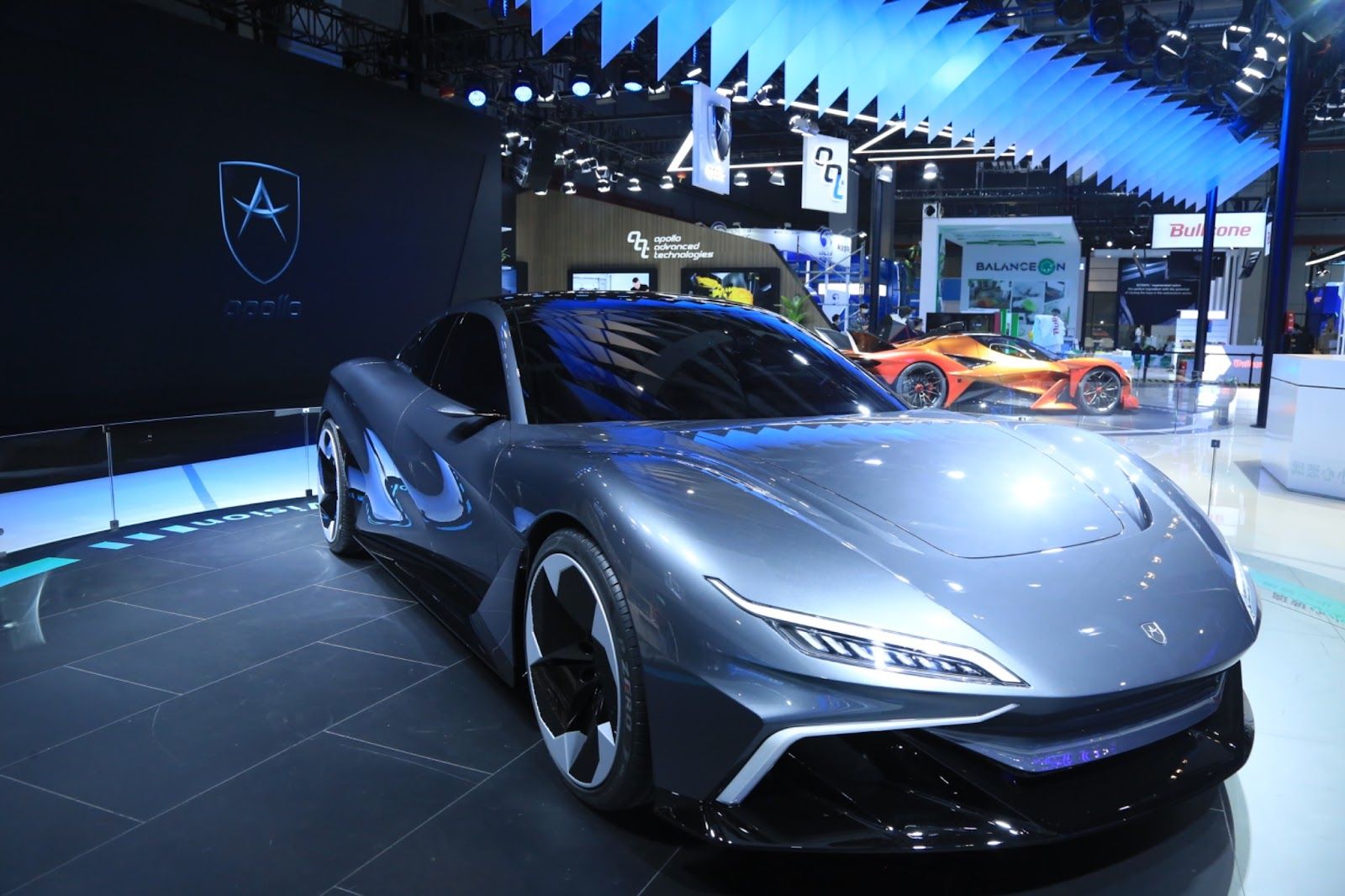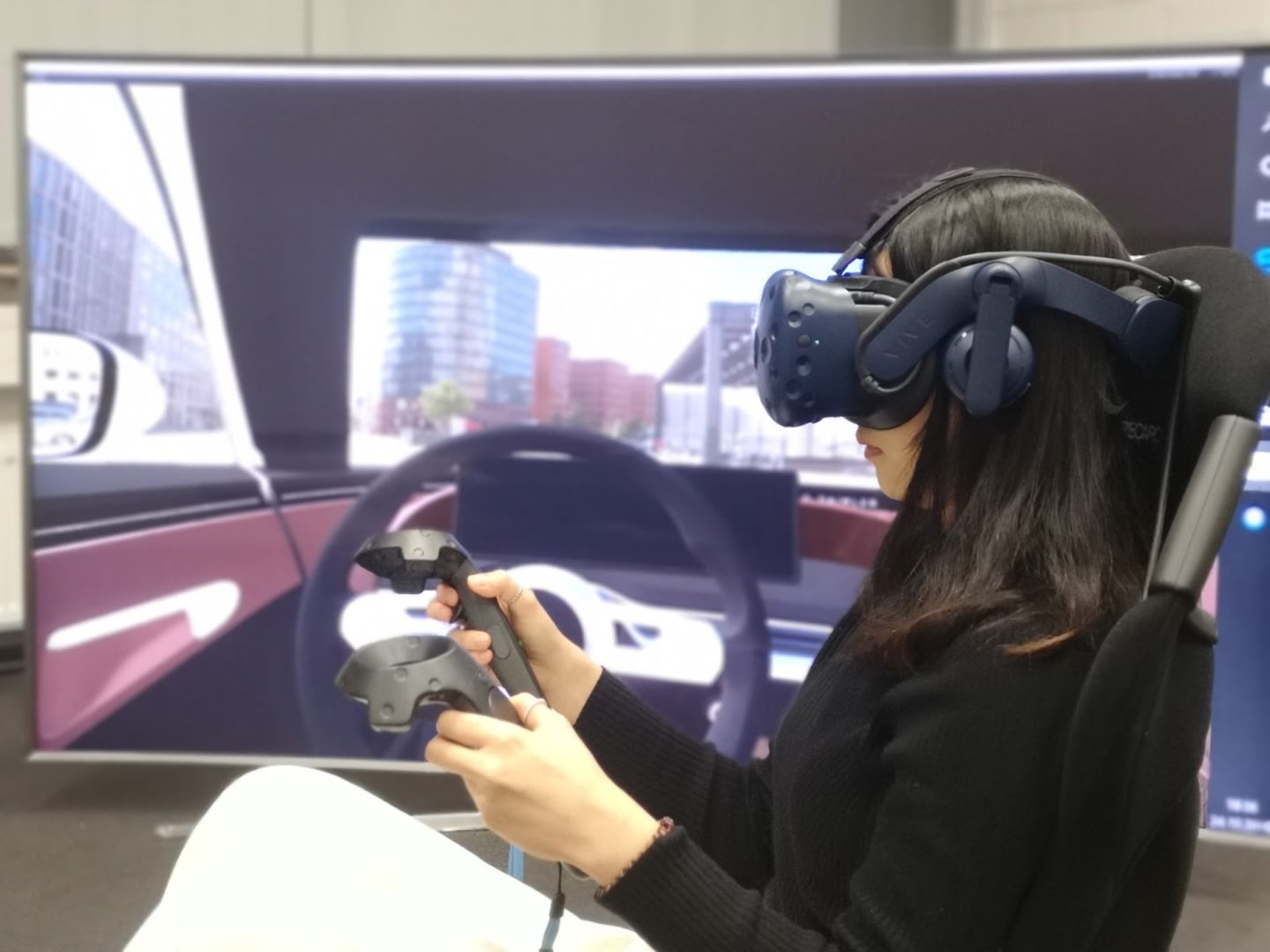
As automotive manufacturers expand into global markets, they're discovering that successful vehicle design requires more than technical excellence. It demands deep cultural intelligence. With electric vehicle adoption accelerating worldwide and design teams collaborating across continents, the industry's traditional approaches are being challenged by professionals who bring diverse perspectives to historically homogeneous environments.
The stakes are particularly high in the luxury and performance segments, where cultural nuances in design philosophy can determine market success or failure. Managing international design programs requires navigating not just creative differences, but practical challenges that most designers never encounter.
One of those professionals is Hyeyoung “Jessica” Suh, Design Team Lead at IDEENION Automobil AG in Germany. Leading the design team in Germany, Suh brings her own rich multicultural background to the role, navigating cultural and technical differences across global clients. Her career reflects both her exceptional design ability and the international recognition she and her team have earned within one of the world’s most competitive automotive environments.
“Time zones are genuinely challenging, especially with Europe’s daylight saving transitions,” Suh explains. “We’ll have a regular 8am meeting, and suddenly in March or October everyone is confused whether it is 8am or 9am because regions change clocks differently. I have had to wake up at 6am for Taiwan meetings, or they have stayed until 10pm for ours.”
Suh’s path reflects the globalization of automotive design. Born in Korea and raised across Shanghai, Hong Kong, and Yantai where she attended British international schools, she later studied transportation design at Detroit’s College for Creative Studies before leading projects in Germany. This multicultural foundation, spanning Asian business hubs, British educational systems, American design philosophy, and German engineering culture, has shaped her ability to work across Europe and Asia.
Since joining IDEENION in 2019, Suh has contributed to its unique role in the industry. Unlike most studios that stop at concept sketches or digital models, IDEENION delivers full development through functional prototypes for international showcases. This vertically integrated approach is extraordinarily rare in the industry and has allowed Suh to learn to reduce typical development timelines while maintaining the quality standards demanded by clients.
“Working here means you cannot just make beautiful drawings,” she says. “You are also accountable for whether those designs can be built. Balancing creative vision and engineering feasibility changes how you approach every problem.”
Suh credits her international journey with shaping a unique methodology. Each culture Suh has worked in has contributed distinct strengths to her approach. "Korean culture gave me this relentless work ethic and attention to detail. There's this concept of 'bbali bbali' which means 'faster faster,' but it's about efficient intensity, not rushing. My parents taught me that if you're going to do something, you do it completely right with speed.”
American design education brought a different perspective. "At CCS in Detroit, I learned to think systematically about user needs first. Not just 'it looks cool,' but 'somebody needs this to exist.' The most successful projects came from storytelling and research. We also had intense visual communication training. I'd sketch 120 A2 size pages per week, working endless nights. The philosophy was that your work has to communicate when you're not there to explain it."
German automotive culture added systematic precision. "They want to know exactly how something will be manufactured, what it costs, and why every single line exists. Just because your sketches look pretty doesn't mean it's a good design. Each culture taught me something essential, and I'm grateful I could experience all three to build stronger work."
These cultural differences can create significant project challenges. Suh recalls the development of the UME Urban Delivery Vehicle. “These perspectives sometimes clash,” she admits. “At that time I was just starting out, and I watched how my team lead and director balanced my conceptual storytelling with their German focus on functionality and feasibility. That experience showed me that cultural balance is not just theory but something that directly determines project success. It shaped how I approach every project since then.” The UME went on to win Best of Best Transportation.

Perhaps her most visible project was the Apollo EVision S, where she translated the raw emotion of a hypercar into a daily luxury sedan. “Apollo’s DNA had to work across completely different markets,” she recalls. “In dense Asian cities, it needed to feel manageable and sophisticated, but still carry the performance character.”
Her solution was to retain the brand’s iconic proportions while ensuring every line justified its existence. “I did not want people to say, ‘The hypercar was amazing but the sedan looks boring.’ We had to honor both the fans and the brand.” The design ultimately won Apollo’s internal selection against three other leading studios.

Through these projects, Suh has observed common misconceptions. “Western designers often assume Asian consumers want complexity, with more screens and features. But in reality, they demand simplicity and functionality. Everything should work intuitively from day one.”
She stresses that true cultural adaptation happens at the problem solving level. Instead of asking how to make a car “look Asian” or “look European,” she focuses on the real problems drivers face: parking in Seoul, high speed cruising in Germany, or suburban commuting in Detroit. “When you solve the right problems, the cultural resonance follows.”
Her leadership in navigating such cultural complexities has gained recognition outside the automotive industry. She was chosen as the only participant from the creative field for the Future Female Leaders program at IESE Barcelona in 2025 January, one of the world’s top business schools. The honor validated her ability to lead international teams while bridging cultural differences in design methodology.

As electrification and autonomy transform the industry, Suh argues that the most innovative designs emerge when teams leverage diverse strengths rather than flatten global perspectives into one style. “Function first thinking translates well across cultures,” she notes. “Asian markets want purposeful integration of technology, Europeans expect systematic engineering logic, and Americans respond to authentic problem solving that creates emotional connection.”
Her role is to weave these threads together into coherent global products. “The best design is not just about beauty or technology. It is about solving problems in ways that move people emotionally.”
As the automotive world continues to merge engineering, software, and storytelling into one seamless ecosystem, designers like Suh represent its next chapter: multilingual, multidisciplinary, and unmistakably human.

2016-03-21